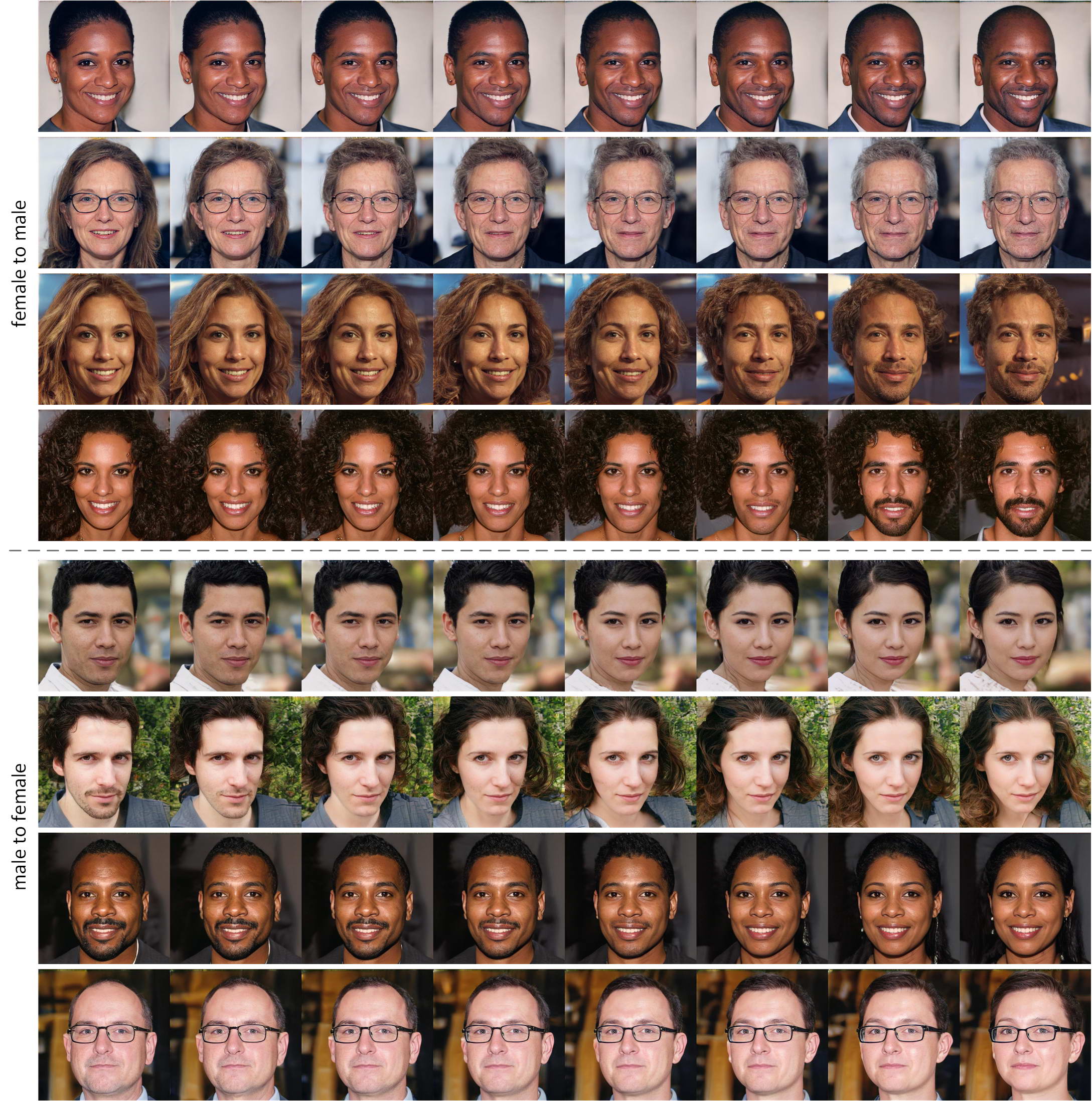Unpaired Image-to-Image Translation via Latent Energy Transport - To Appear in CVPR 2021
Unpaired Image-to-Image Translation via Latent Energy Transport
Yang Zhao, Changyou ChenPaper: https://arxiv.org/abs/2012.00649
Abstract: Image-to-image translation aims to preserve source contents while translating to discriminative target styles between two visual domains. Most works apply adversarial learning in the ambient image space, which could be computationally expensive and challenging to train. In this paper, we propose to deploy an energy-based model (EBM) in the latent space of a pretrained autoencoder for this task. The pretrained autoencoder serves as both a latent code extractor and an image reconstruction worker. Our model is based on the assumption that two domains share the same latent space, where latent representation is implicitly decomposed as a content code and a domain-specific style code. Instead of explicitly extracting the two codes and applying adaptive instance normalization to combine them, our latent EBM can implicitly learn to transport the source style code to the target style code while preserving the content code, which is an advantage over existing image translation methods. This simplified solution also brings us far more efficiency in the one-sided unpaired image translation setting. Qualitative and quantitative comparisons demonstrate superior translation quality and faithfulness for content preservation. To the best of our knowledge, our model is the first to be applicable to 1024×1024-resolution unpaired image translation.
Prepare datasets
- AFHQ and CelebA-HQ (256x256): please refer to the repo StarGAN2 and put them into the folder
datasets. - apple2orange and photo2vangogh: please refer to the repo CycleGAN and and put them into the folder
datasets. Then, please rearange the data following the format of AFHQ or CelebA-HQ. - CelebA (64x64): see here.
- CelebA-HQ (1024x1024): see here. Once done, the dataset structure follows:
├── datasets
└── afhq
├── train
├── cat
├── dog
|── wild
├── test
├── cat
├── dog
|── wild
└── celeba
├── train
├── male
├── female
├── test
├── male
├── female
Training
We suggest starting with the synthetic experiment to get familiar with EBM learning. Then you can directly apply it to other interesting scenarios.
We currently provide implementations based on Beta-VAE and ALAE. Please refer to respective folders for more details and stay tuned for the code on VQ-VAE-2.
We show a translation sequence with ALAE:
Citation
If you find this work useful for your research, please cite our related papers:
@article{zhao2020unpaired,
title={Unpaired Image-to-Image Translation via Latent Energy Transport},
author={Zhao, Yang and Chen, Changyou},
journal={arXiv preprint arXiv:2012.00649},
year={2020}
}
@inproceedings{zhao2021learning,
title={Learning Energy-Based Generative Models via Coarse-to-Fine Expanding and Sampling},
author={Yang Zhao and Jianwen Xie and Ping Li},
booktitle={International Conference on Learning Representations},
year={2021},
url={https://openreview.net/forum?id=aD1_5zowqV}
}


